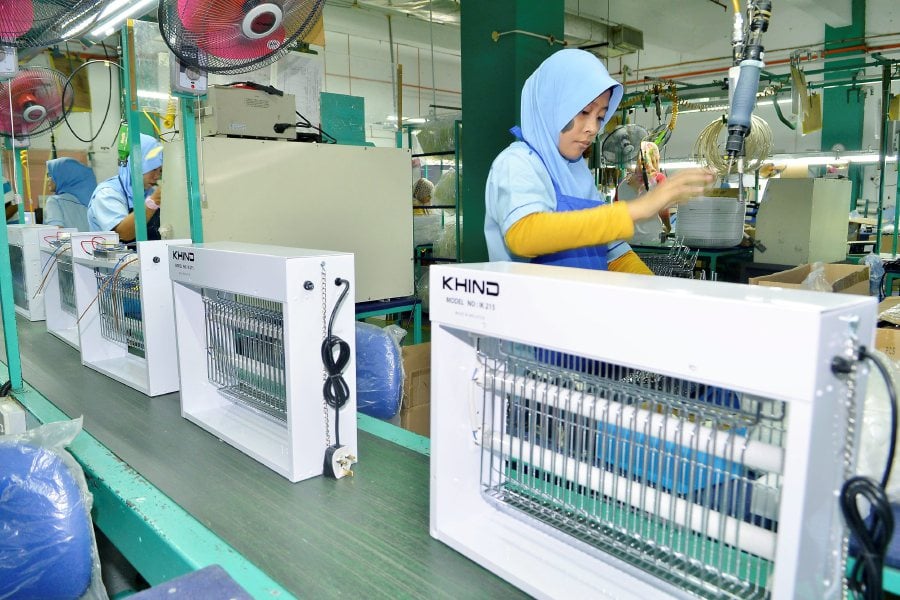THERE is growing concern about the impact of each country’s economic activity on local and global environments.
Environmental problems that are caused by economic activities have led to the establishment of rules that seek to prevent environmental degradation and to make economic development compatible with the viability of natural resources.
This, for example, leads to the establishment of Sustainable Development Goals (SDGs), which contain an international agreement for actions to protect environments.
Production sectors in an economy are inter-related. For example, production of product sector A demands raw materials that are produced by sectors B and C.
Production of product sectors B and C also requires raw materials that are produced by other sectors.
Based on this illustration of economic interdependencies, there might be a case of emission released by the production of sector A, but which is contributed by other sectors.
In another case, if sector A is dependent on imported raw materials, then is it likely that other countries are exporting waste to our country.
The above examples illustrate the application of forensic economics to measure the contribution of each sector in production chains. Some applications of forensic economics fall under competition-law enforcement and legal review.
This letter explains the economy-wide accepted approach of how forensic economics is applied in the context of sustainability measures.
Water footprint, carbon footprint and material footprint are sustainability measures that are used in the application of forensic economics.
The water footprint measures the amount of water used to produce each of the goods and services we use.
It can measure a single process, such as growing rice; for a product, such as a pair of jeans or the fuel we put in cars; or for many products.
It also can also tell us how much water is being consumed by an economic sector in a certain region on a river basin located in other regions.
In addition to the ecological footprints, global value chains (GVCs) are relevant analysis that demands the application of forensic economics.
GVCs break up production processes into different steps that can be carried out in different countries.
For example, smartphones are designed in the United States and the inputs, such as semiconductors and processors, are
produced in South Korea or Taiwan.
They are assembled in China and marketed in Europe and the United States.
Application for analysis of forensic economics for sustainability measures requires the development of system of environmental-economic accounting (SEEA). Where are we now in developing SEEA for Malaysia?
In the past few years, the Department of Statistics Malaysia had started to compile a SEEA database. Once SEEA is completed, policy makers can use it to analyse sustainability issues.
If SEEA integrates GVCs, then we can determine industries in countries that export products with high emission intensity.
We could also identify the final destination of our exported products.
Do they come back to Malaysia in different forms or more or less similar products?
DR MOHD YUSOF SAARI
Institute of Agricultural and Food Policy Studies, Universiti Putra Malaysia


